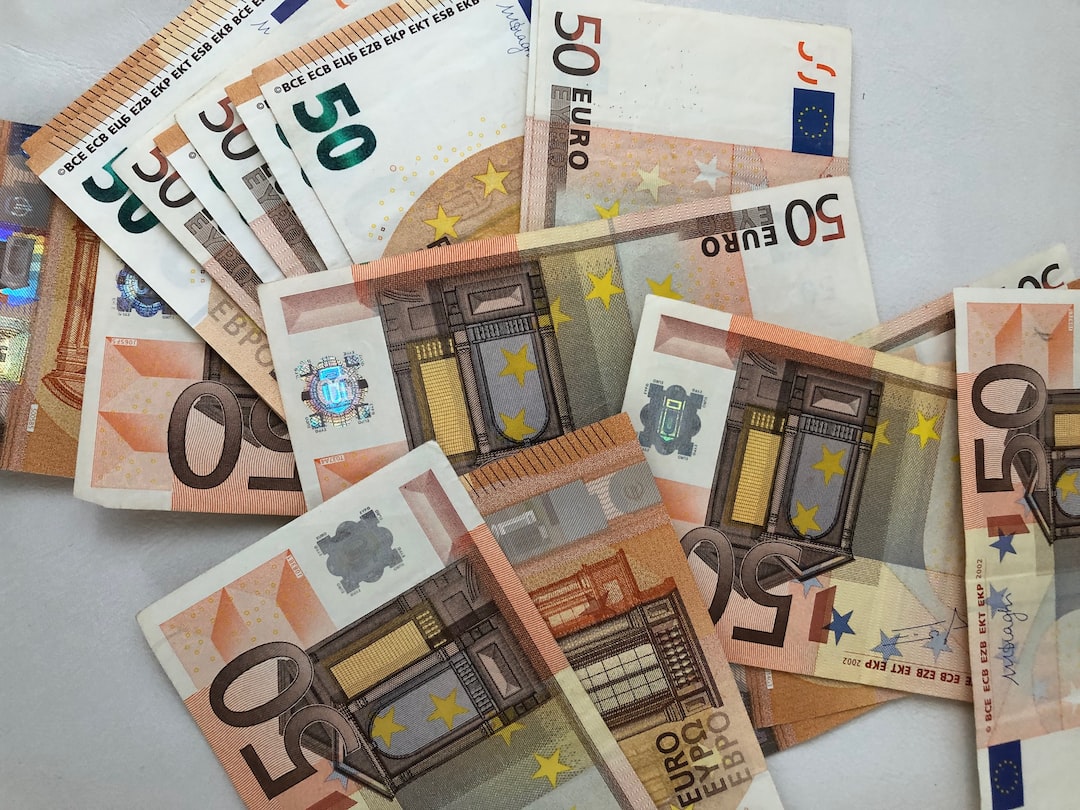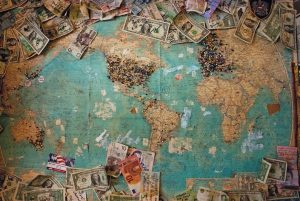Forex trading is a global decentralized market that allows individuals, banks, and institutions to trade currencies. It is the largest financial market in the world, with a daily turnover of over $5 trillion. The forex market operates 24 hours a day, five days a week, and is accessible from anywhere in the world. In this article, we will explore how much forex trade per day and the factors that influence its trading volume.
Trading Volume in Forex Market
The forex market is an over-the-counter market, which means that there is no central exchange. Instead, currencies are traded electronically through a network of banks, brokers, and other financial institutions. The trading volume in the forex market is determined by the number of traders participating in the market and the amount of money they are trading.
According to the Bank for International Settlements (BIS), the daily trading volume in the forex market was $6.6 trillion in April 2019. This is a significant increase from the $5.1 trillion traded in April 2016. The increase in trading volume can be attributed to the growth of electronic trading, the expansion of the market in emerging economies, and the increasing involvement of retail traders.
Factors Influencing Forex Trading Volume
The trading volume in the forex market is influenced by several factors, including economic events, geopolitical events, and market sentiment. Economic events, such as interest rate decisions, GDP data, and inflation reports, can have a significant impact on the value of currencies and, therefore, on trading volume. Geopolitical events, such as elections, wars, and natural disasters, can also affect the forex market’s trading volume.
Market sentiment, which is the overall attitude of traders towards the market, can also influence the trading volume in the forex market. If traders are optimistic about the future of the market, they are more likely to participate in trading, leading to an increase in trading volume. On the other hand, if traders are pessimistic about the market’s future, they are less likely to trade, leading to a decrease in trading volume.
The Role of Retail Traders in Forex Trading Volume
Retail traders, or individual traders, have become an increasingly significant part of the forex market in recent years. The growth of online trading platforms has made it easier for retail traders to access the forex market and trade currencies. According to the BIS, retail traders accounted for 5.5% of the forex market’s daily turnover in April 2019, up from 3.3% in April 2016.
The involvement of retail traders in the forex market has contributed to the increase in trading volume. Retail traders trade smaller amounts than institutional traders, but their sheer number makes up for the difference. Retail traders are also more active in the market, with many trading on a daily basis. Their trading activity adds to the forex market’s trading volume and liquidity.
Conclusion
The forex market is the largest financial market in the world, with a daily turnover of over $5 trillion. The trading volume in the forex market is influenced by several factors, including economic events, geopolitical events, and market sentiment. Retail traders have become an increasingly significant part of the forex market, contributing to the increase in trading volume. The forex market’s size and liquidity make it an attractive market for traders of all levels, from individual retail traders to large financial institutions.





